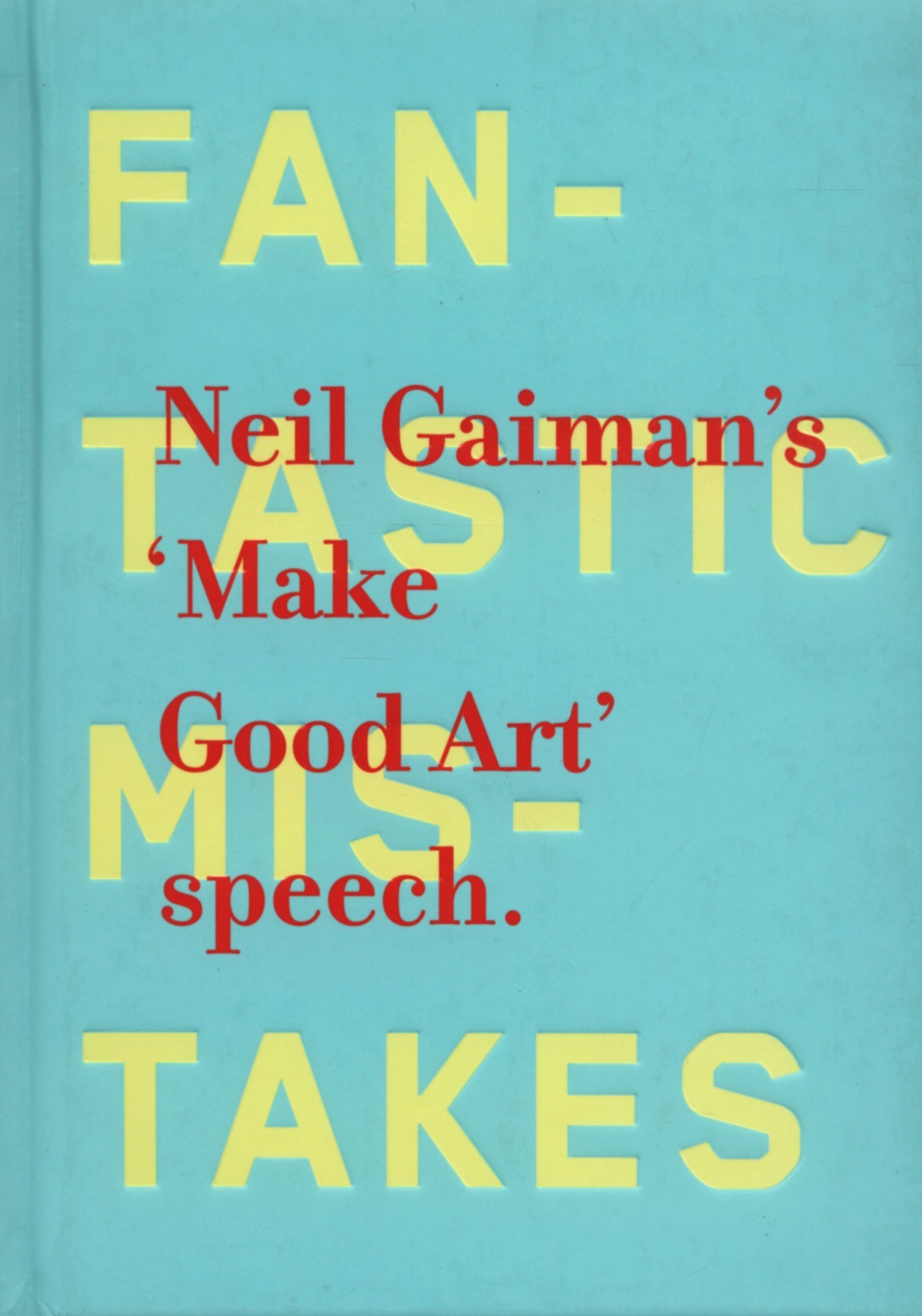 Christopher Golden's novel Tin Men
has officially hit stores - and it's hitting hard. Without giving too much
away, l can tell you, this timely story is going to stay with you.
Here's the mini-summary from the publisher:
Christopher Golden's novel Tin Men
has officially hit stores - and it's hitting hard. Without giving too much
away, l can tell you, this timely story is going to stay with you.
Here's the mini-summary from the publisher:Brad Thor meets Avatar in this timely military thriller for the drone age, which spins the troubles of today into the apocalypse of tomorrow. A rocket ride of a read packed with high action, cutting-edge technology, and global politics, Tin Men begins with the end of the world as we know it and takes off from there.
I love sci-fi stories that are based in science and technology, stories that present us with possible, plausible situations that stir up society as we know it - I adored the original Twilight Zone and was intrigued by Black Mirror - and Tin Men is right in that category. Christopher Golden's take on technology, society, and responsibility will make you think about very real near-future possibilities. Are all of these advancements in medicine, military, and media doing more harm that good? Fueled by strong characters made stronger through interwoven stories, Tin Men will open your eyes to how the world could be, for better or worse, because of human decisions and indecision, action and inaction.
Leave your thoughts in the comments below. Bonus points for those willing to discuss the various Cybermen storylines from Doctor Who with me.
Read an excerpt from TIN MEN by Christopher Golden.







 And yes, that appears to be the actual title of this small book, though one usually finds it as Make Good Art by Neil Gaiman, with graphic design by Chip Kidd. The text is something that Gaiman wrote for a commencement speech, which he delivered in 2012 to the University of the Arts. The book is a triumph of graphic design, using a variety of fonts, font sizes, and several colors (turquoise, red and white), to convey the text, which is both inspirational and aspirational. It's the perfect gift for new graduates, or for anyone anywhere involved in a creative life (which is, to be fair, most everyone I know).
And yes, that appears to be the actual title of this small book, though one usually finds it as Make Good Art by Neil Gaiman, with graphic design by Chip Kidd. The text is something that Gaiman wrote for a commencement speech, which he delivered in 2012 to the University of the Arts. The book is a triumph of graphic design, using a variety of fonts, font sizes, and several colors (turquoise, red and white), to convey the text, which is both inspirational and aspirational. It's the perfect gift for new graduates, or for anyone anywhere involved in a creative life (which is, to be fair, most everyone I know).

 Review ARC courtesy of Macmillan/Feiwel and Friends Publishing
Review ARC courtesy of Macmillan/Feiwel and Friends Publishing 
